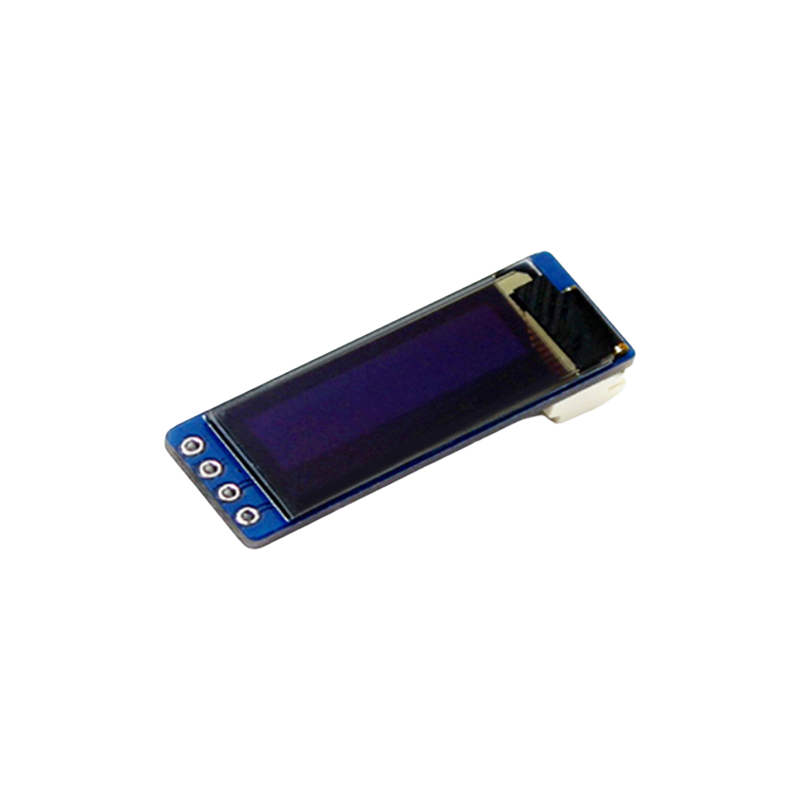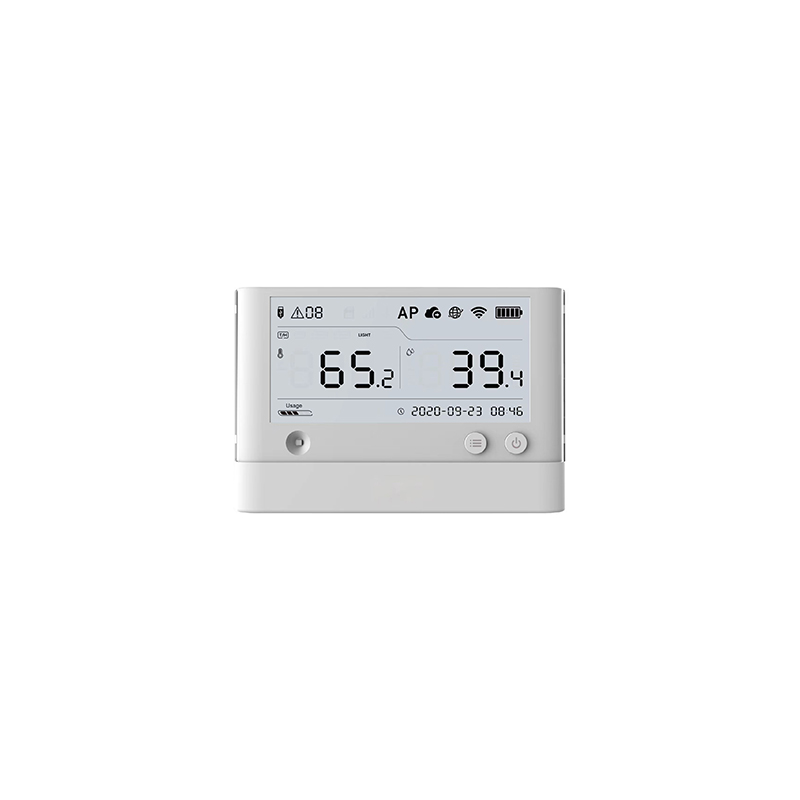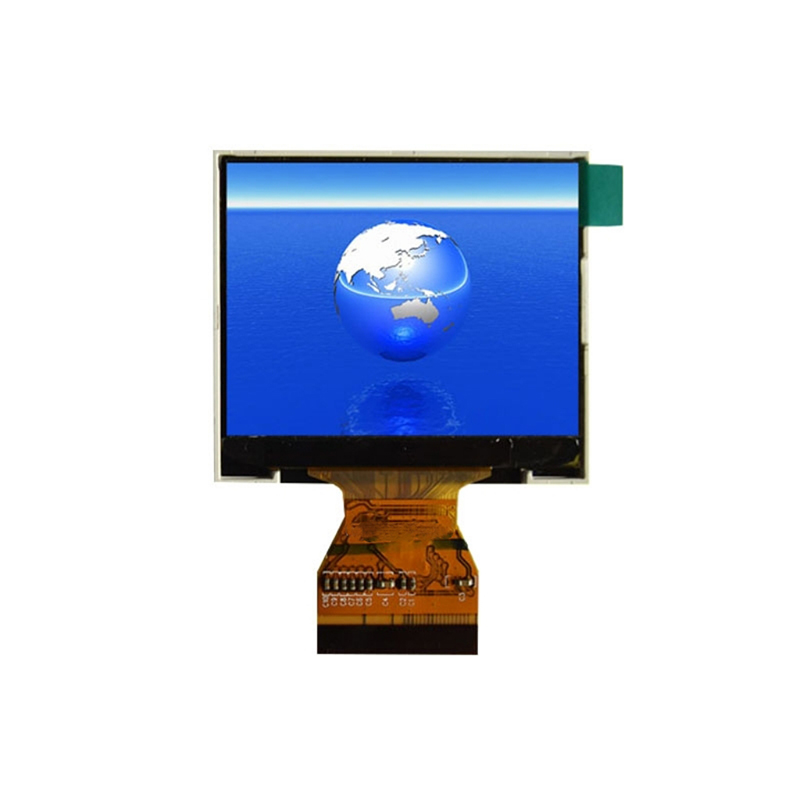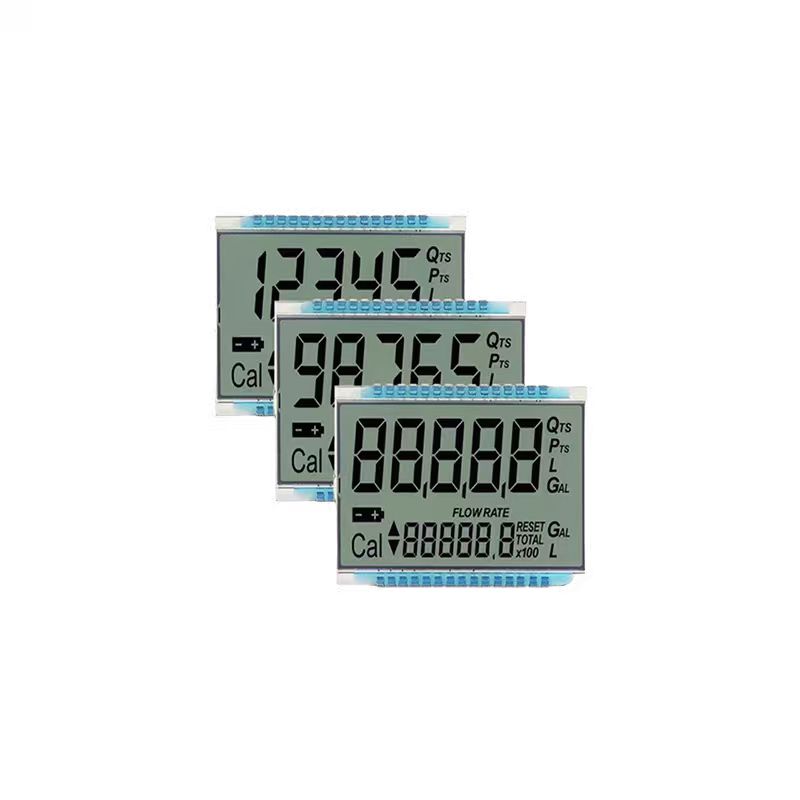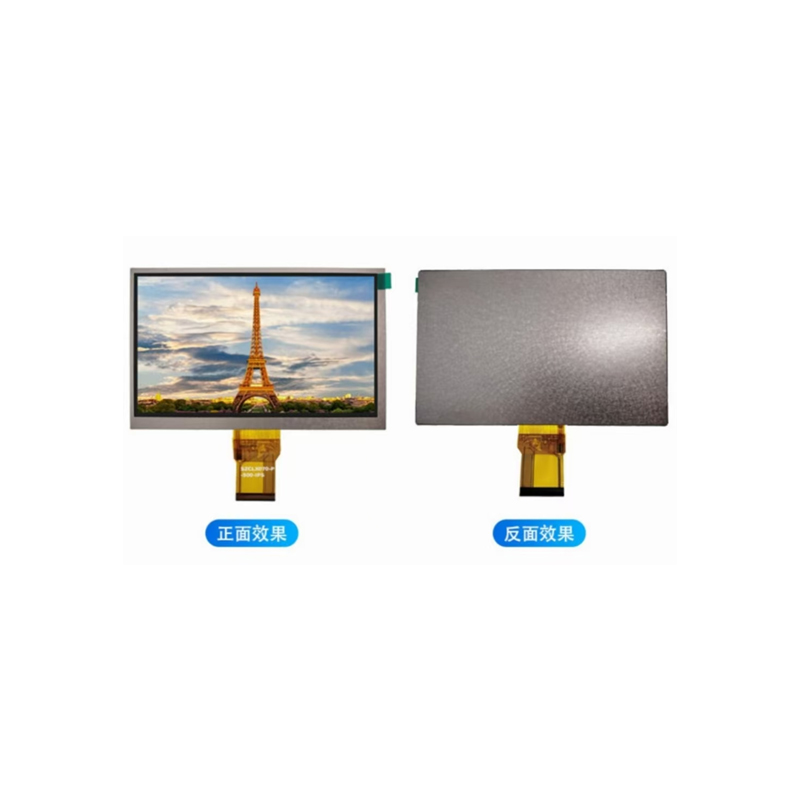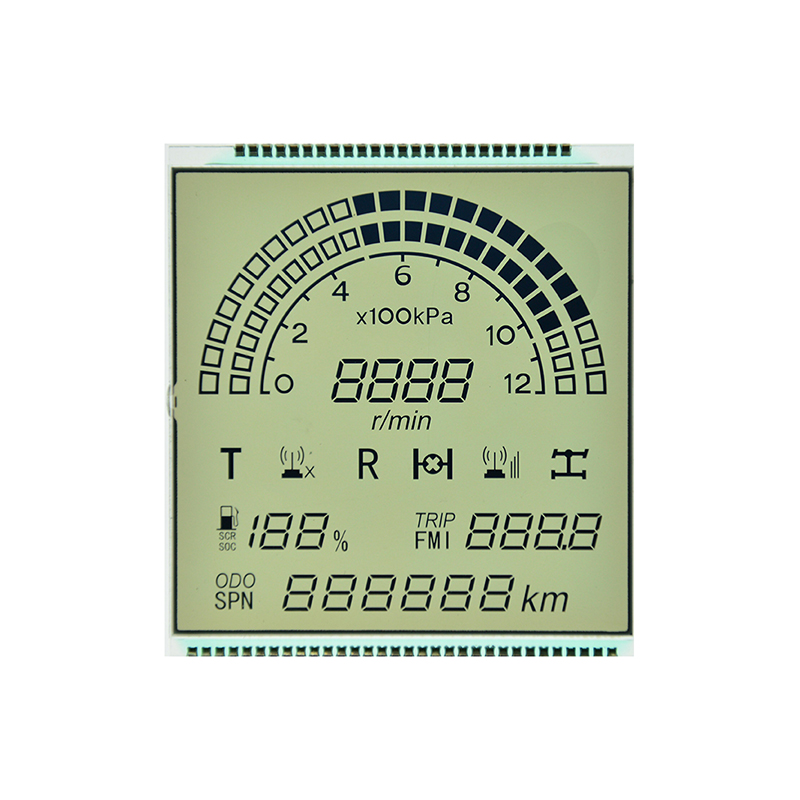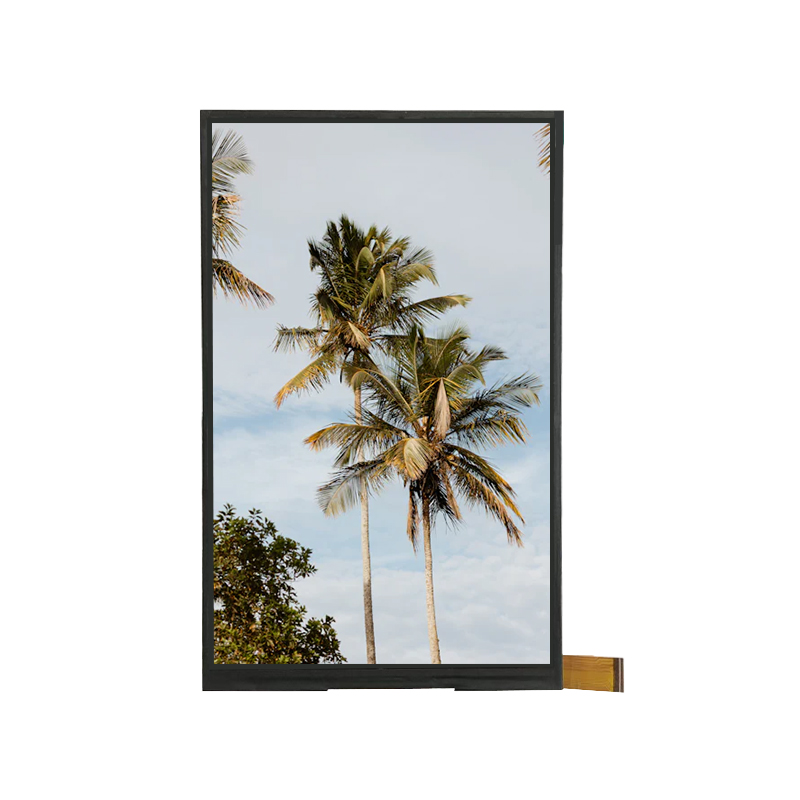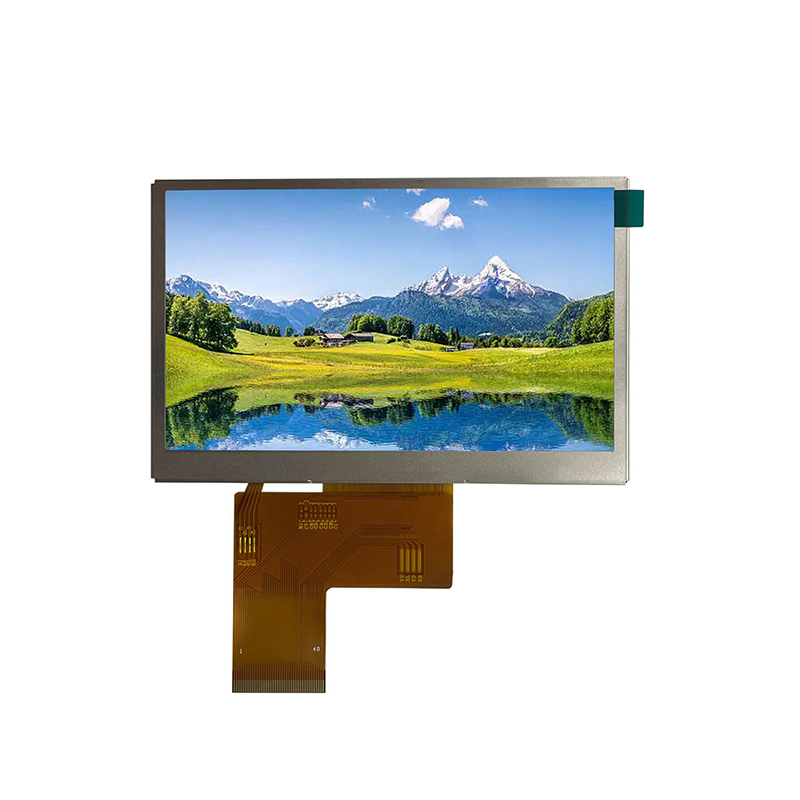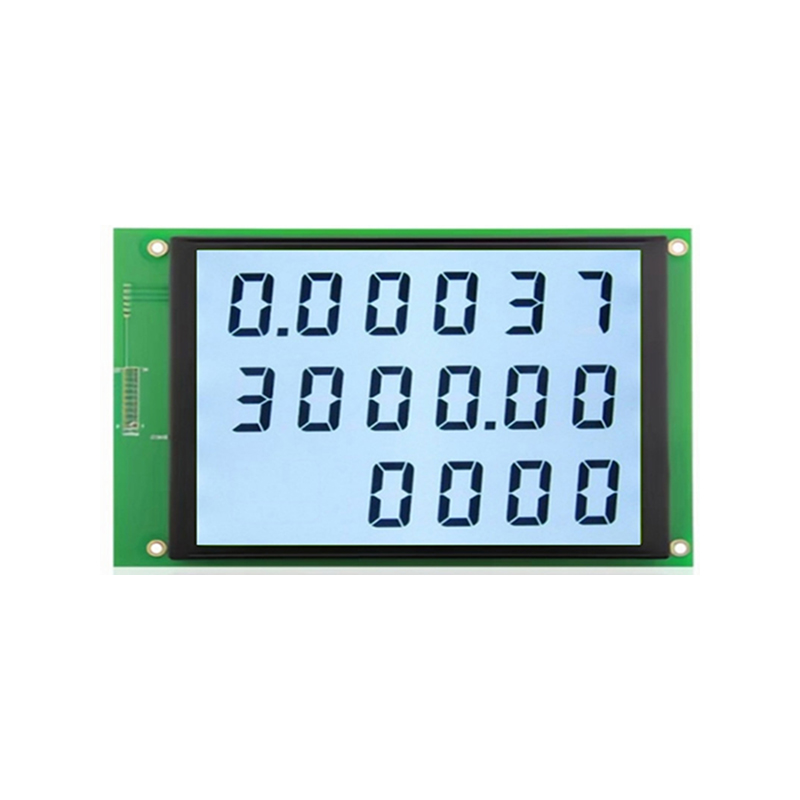
High-definition thin-film transistor (HD TFT) displays are ubiquitous in our daily lives, powering everything from smartphones and tablets to laptops and monitors. They are a type of liquid crystal display (LCD) that utilizes a thin-film transistor (TFT) backplane to control the individual pixels, offering superior image quality, faster response times, and better contrast compared to older LCD technologies. This guide will delve into the specifics of these displays, providing you with the knowledge you need to choose the right one for your needs.
A HD TFT display works by using a matrix of transistors to individually control the liquid crystals in each pixel. These transistors switch the liquid crystals on or off, allowing light to pass through or be blocked, creating the image. The thin-film aspect refers to the thin layer of transistors deposited onto the glass substrate. This technology allows for higher pixel densities, resulting in sharper and clearer images than previous LCD technologies.
TFT displays offer several advantages, including:
Despite their advantages, TFT displays also have some limitations:
HD TFT displays come in various types, each with its own characteristics and applications:
The resolution of a HD TFT display is measured in pixels (e.g., 1920x1080 for Full HD). Higher resolutions result in sharper images, but require more processing power. Display size is another crucial factor; the same resolution will look sharper on a smaller screen and less sharp on a larger screen. Consider the intended use – a high-resolution display is beneficial for tasks requiring detailed visual information, such as photo editing or video editing.
Different panel technologies impact image quality, viewing angles, and response times. A comparison is shown below:
| Panel Type | Viewing Angles | Response Time | Color Accuracy |
|---|---|---|---|
| IPS (In-Plane Switching) | Excellent | Moderate | Excellent |
| TN (Twisted Nematic) | Poor | Fast | Good |
| VA (Vertical Alignment) | Good | Moderate | Excellent contrast |
Selecting the appropriate HD TFT display depends on your specific needs and budget. Consider factors such as resolution, size, panel type, response time, and viewing angles. For professional applications, high color accuracy and wide viewing angles are crucial, while gaming might prioritize fast response times. For everyday use, a balance of these factors is often sufficient. Remember to check reviews and compare specifications before making a purchase.
For high-quality HD TFT displays and further information, consider visiting Dalian Eastern Display Co., Ltd. They offer a wide range of options to suit various needs.
This information is for general guidance only. Specific specifications and features may vary depending on the manufacturer and model.

